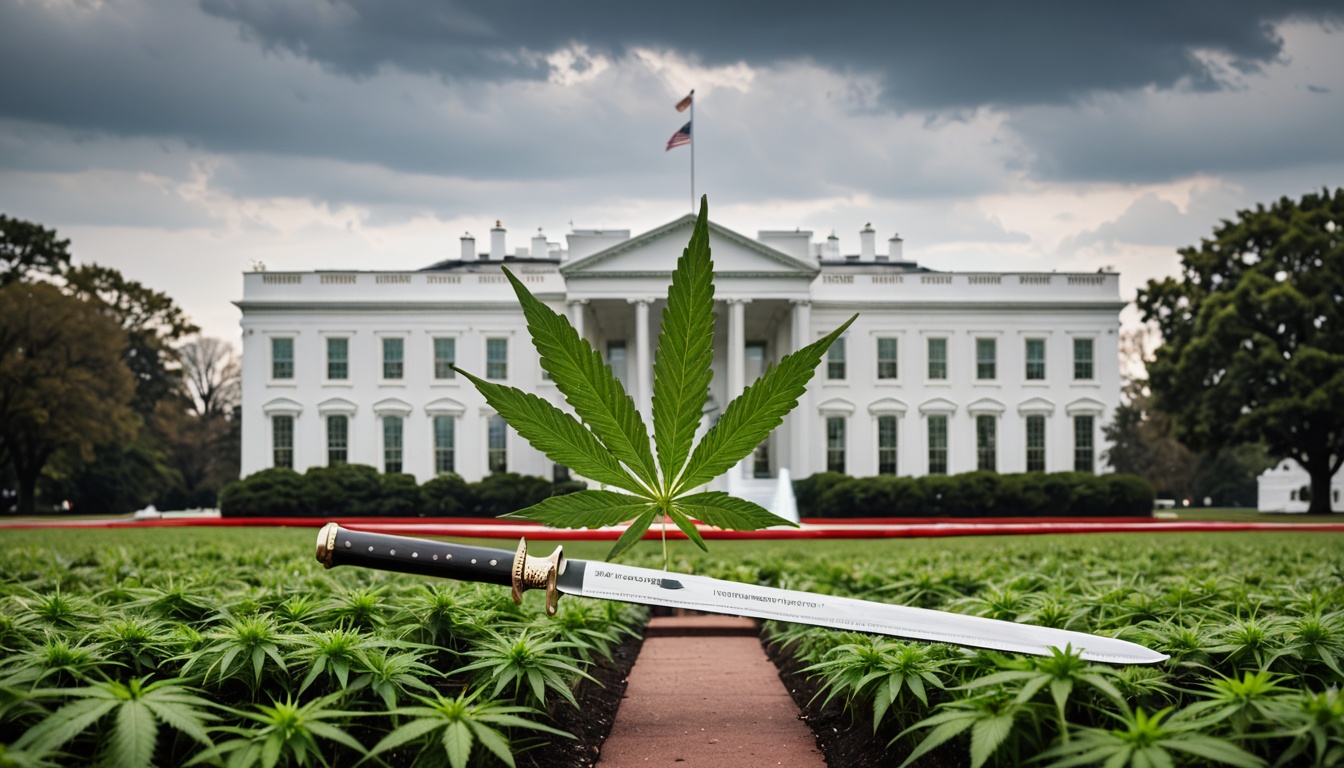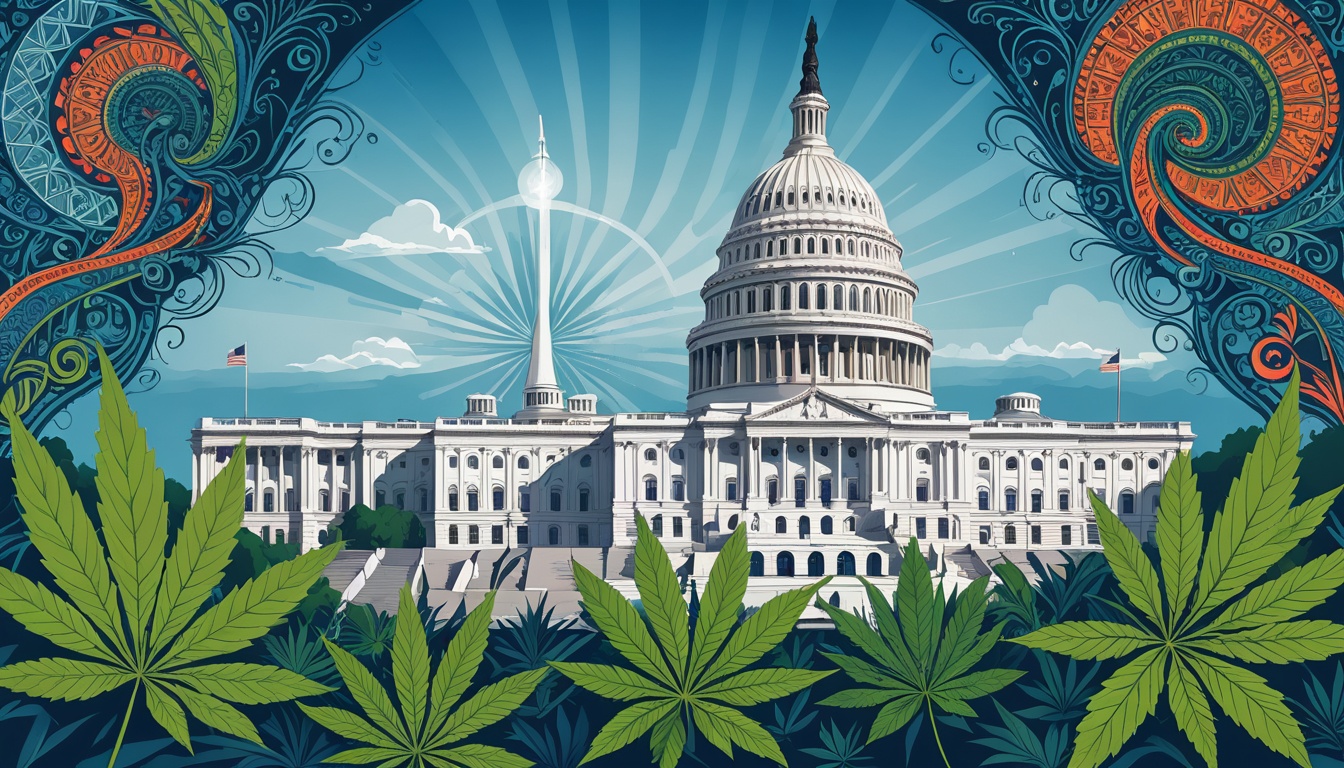Potential Shift in Marijuana Classification: A Double-Edged Sword
President Donald Trump has hinted that the federal government may reclassify marijuana as a less dangerous drug, a move that could have significant implications for medical research, public health policies, and individual use. The current classification of marijuana as a Schedule I drug, defined as highly dangerous and addictive with no medical use, has been in place since 1970.
While reclassification could bring numerous benefits, including easier access to research and potential medical benefits, experts warn that it may also have unintended consequences. Dr. Raphael Cuomo, a biomedical scientist and professor of medicine, notes that reclassification could be perceived as a “safety endorsement” as rates of heavy and daily marijuana use continue to rise.
A recent study published in the journal Addiction found that in 2022, marijuana surpassed high-frequency drinking for the first time, with an estimated 17.7 million people using marijuana daily or near-daily. Long-term or heavy cannabis use has been linked to brain and mental health effects, such as memory problems, psychotic disorders, and psychosis.
If the administration decides to reclassify marijuana, experts recommend that officials also focus on public messaging efforts to include warnings for youth, pregnancy, driving, and individuals with a history of psychosis. Dr. Cuomo emphasizes the importance of risk perception, stating that it often moves faster than policy.
The potential shift in marijuana classification highlights the complex and multifaceted nature of the issue. While some argue that reclassification could bring benefits for medical research and patients, others caution that it may also have unintended consequences for public health and individual use. As the debate continues, it is essential to consider the potential implications of this decision and to prioritize public health and safety.












